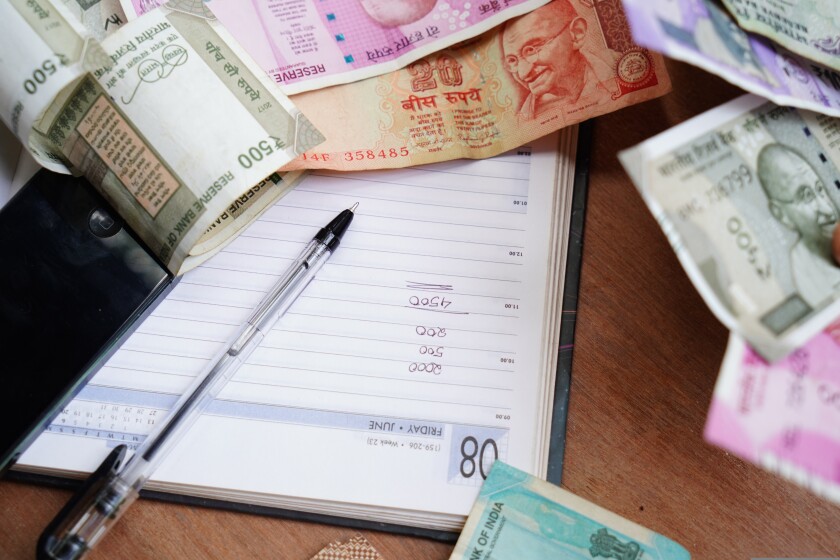In the six years following the introduction of the goods and services tax (GST) regime in India, the GST Council has been proactive in initiating and aligning the GST laws to international best practices and engendering trade and industry. The question of interest liability is a saga, that witnessed protracted policy efforts and sustained judicial interest.
India’s GST law levies interest at 18% per annum on delayed payment of tax and utilisation of wrongfully availed credit. In addition to interest, India’s GST law also provides for a simultaneous levy of penalty when tax is recovered from an assessee through recovery proceedings.
Through this article, the authors will analyse the rationale for levying interest, consider the GST council rationalising interest rates and provisions, and make a case for further changes to the law through amendments or judicial interpretation to make interest ‘compensatory’ under India’s GST law.
Rationale for levying interest
The IMF has issued working papers/notes analysing the key issues which have to be considered when designing interest and penalty regimes. Stressing how interest and penalties serve very different objectives, it was observed:
“It is common for the rate of interest for underpayment or late payment of taxes to be higher than commercial lending rates. At a minimum, the rate of interest that is charged on an underpayment or late payment needs to compensate the government budget for the lost time value of the money had the payment been made on the relevant due date. While the interest rate should not be set so low so as to encourage taxpayers to use the government as a lending institution (for instance by using tax arrears as alternative form of finance), the rate should also not be set so high so as to be punitive.”
In alignment with above observations, the UK’s national taxing authority has set interest rates by linking it to the Bank of England base rate. The late payment interest is set at base rate plus 2.5%.
Thus, it appears that interest around the world is intended to be compensatory in nature and not punitive. Interest rates are set higher than commercial lending rates only to deter taxpayers from using tax arrears as alternative form of finance, albeit not so high a rate that it becomes punitive.
GST council on ‘interest’
The GST Council has extensively deliberated on the rate of interest to be imposed on taxpayers for delayed payment of tax. The Council in its discussions recognised the need to fix interest rates applicable for delayed payment of tax at a few points higher than prevailing bank rates and considered a proposal to levy interest at 16% per annum. Finally, the Council decided on fixing interest at 18% per annum in all cases where interest is payable at the hands of the taxpayers’. When GST was introduced, the rate of interest per annum applicable for utilisation of wrongfully availed input tax credit (ITC) was 24% and pursuant to the Council’s decision, it was reduced to 18% retrospectively. The GST council’s discourse on rationalising interest rates considering the bank rates, indicates an intention of treating interest as ‘compensatory’ under GST law.
The Council has also deliberated on the following amendments which have rationalised interest provisions:
Amendment to Section 50(3): Section 50(3) of the Central Goods and Services Tax (CGST) Act was substituted retrospectively from July 1 2017 by Section 111 of the Finance Act, 2022, to provide for interest only on utilisation of wrongfully availed ITC. Prior to this amendment, interest was levied not only on utilisation of wrongfully availed ITC but also on mere wrongful availing of ITC; and
Insertion of proviso to Section 50(1): A proviso was introduced to Section 50(1) of the CGST Act with retrospective effect from July 1 2017, to provide for payment of interest only on net cash liability in case of delayed payment of self-assessed tax by an assessee before initiation of recovery proceedings.














